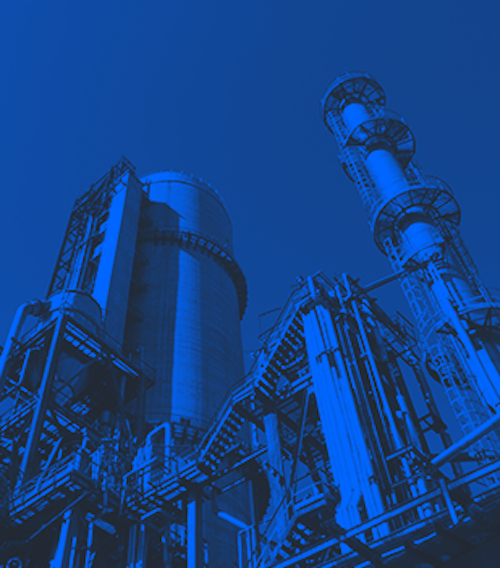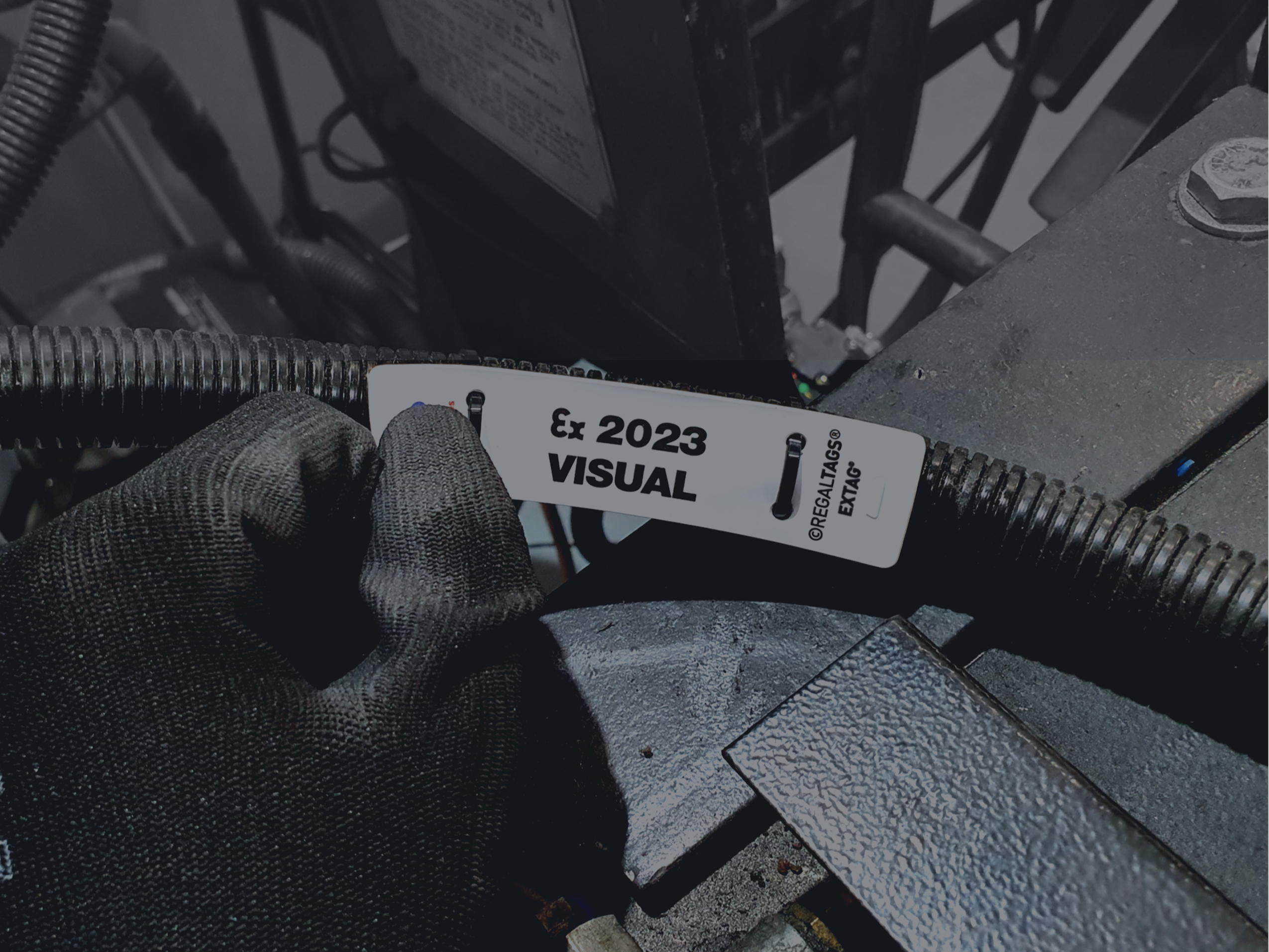ATEX or Ex Inspection Tagging: why is it needed?
Employers have a responsibility to put procedures in places that reduce the risk of an accident occurring. That's where ATEX inspections come in, alongside EXTAGS. We explore why they're so important in critical industries.
A workforce which operates in explosive atmospheres, where chemicals and hazardous substances are present, are at an increased risk of injury of death.
According to the HSE, industries where employees handle hazardous materials or work on sites such as construction, manufacturing, and transportation are the main industries for workplace fatalities.
Employers have a responsibility to put procedures in places that reduce the risk of an accident occurring. That's where ATEX inspections come in, alongside EXTAGS.
In this article, we explore what ATEX and EX inspection tagging is, and why it’s so important in critical industries.
What does ATEX mean?
ATEX comes from the French “ATmosphères EXplosives”, which describes the explosive environment that the equipment is typically used in.
ATEX certifications are mandatory across Europe, and are used to provide guidance in order to inspect and maintain equipment within a hazardous ATEX area.
Lack of due diligence in explosive environments can have disastrous consequences.

WHAT ARE ATEX INSPECTIONS?
ATEX inspections are hugely important, and will assist your organisation in demonstrating that all ATEX equipment is certified, has the right protection for the potentially explosive atmosphere, and is safe to use. If inspections are not carried out, it presents a huge risk of explosions and potential fatalities.
Regular ATEX inspections are vital in order to ensure equipment is fit for purpose and is compliant with regulations.
There are three types of ATEX inspections used, which are required at different stages of the equipment life cycle; visual, close and detailed.
Whilst regular ATEX inspections are clearly very important when it comes to ensuring safety in explosive environments, it can be challenging to track all inspections when hundreds of pieces of equipment are needed to be used by the workforce.
So, how can organisations keep track of equipment that is safe to use? That’s where EXTAGS came in.
WHAT ARE EXTAGS?
EXTAGS are a type of inspection tag, which identifies the Ex inspection status of equipment in ATEX environments.
EXTAGS are a highly visual tagging solution, which clearly communicates that equipment has been tested, the type of test that was carried out, and the date of the last test - giving your workforce peace of mind that equipment is safe to use and fit for purpose.
In environments where there is a large number of equipment, the use of colour coded tags can make things even more simple. For example, if a blue tag was assigned to a 2020 visual inspection, your team can quickly identify that the equipment is due for another inspection.
EXTAGS are especially useful for brands working in harsh environments, as they can be easily and reliably attached to the equipment.
At REGALTAGS, our EXTAGS are manufactured from extremely tough Prism Polypropylene, so they are guaranteed to be UV resistant, durable and freeze resistant.
Additionally, inspections can be made even more efficient through the use of QR code, which can be used alongside inspection tracking software to ensure that data is stored safely and digitally.

WHAT IS THE DIFFERENCE BETWEEN EX AND ATEX?
Although EX and ATEX are similar concepts, there are some small differences between each certification.
The main distinction is the geographical location where each certification is recognised and accepted as standard.
As we mentioned earlier, ATEX certifications are mandatory in Europe. However, EX is accepted instead across several countries across the globe.
HOW OFTEN SHOULD ATEX EQUIPMENT BE INSPECTED?
To maintain the required ATEX protection, EN60079-17 2014 states that all ATEX installations must be inspected regularly.
To be exact, within 18 months after the original install, a minimum Visual grade inspection must be completed. After a further 18 months, a Close grade inspection is required.
A new Detailed grade inspection is required within 4.5 years after the initial installation, or the last Detailed inspection of the equipment.
WHAT ARE THE LEVELS OF ATEX / EX INSPECTIONS REQUIRED?
- Visual - Used without any equipment to identify any defects, which are apparent to the eye.
- Close - Cover all aspects included in a Visual inspection, but with the addition of access equipment to identify additional defects. Close inspections do not typically require the enclosure to be opened, or for equipment to be de-energised.
- Detailed - Include all aspects included in a Close inspection, in addition the enclosure being opened, and using tools and test equipment, where necessary, to identify any defects. Detailed inspections may require equipment to be de-energised and cable glands may need to be dismantled.

PREPARE FOR YOUR 2023 EX and ATEX INSPECTIONS WITH REGALTAGS
With so much to prepare for next year's EX and ATEX inspections, you can rely on us to take care of your Inspection Tags with the EXTAG®.
The information covered in this blog post is suggested best practices. We suggest speaking with a qualified ATEX inspector for further information on this subject.
Where we can provide our expertise, however, is with any queries around safety tagging solutions, including EXTAGS.
At REGALTAGS, we help brands working in the harshest environments around the globe through customised safety tagging solutions.
If your organisation is looking for a reliable solution that you can rely on to support your critical operations, we can help.
Contact our team of experienced advisors today. Our support team is available from 7am-5pm, Monday to Friday.
Subscribe
Join 10,000+ others receiving our monthly updates. Free Tag knowledge delivered straight to your inbox.





